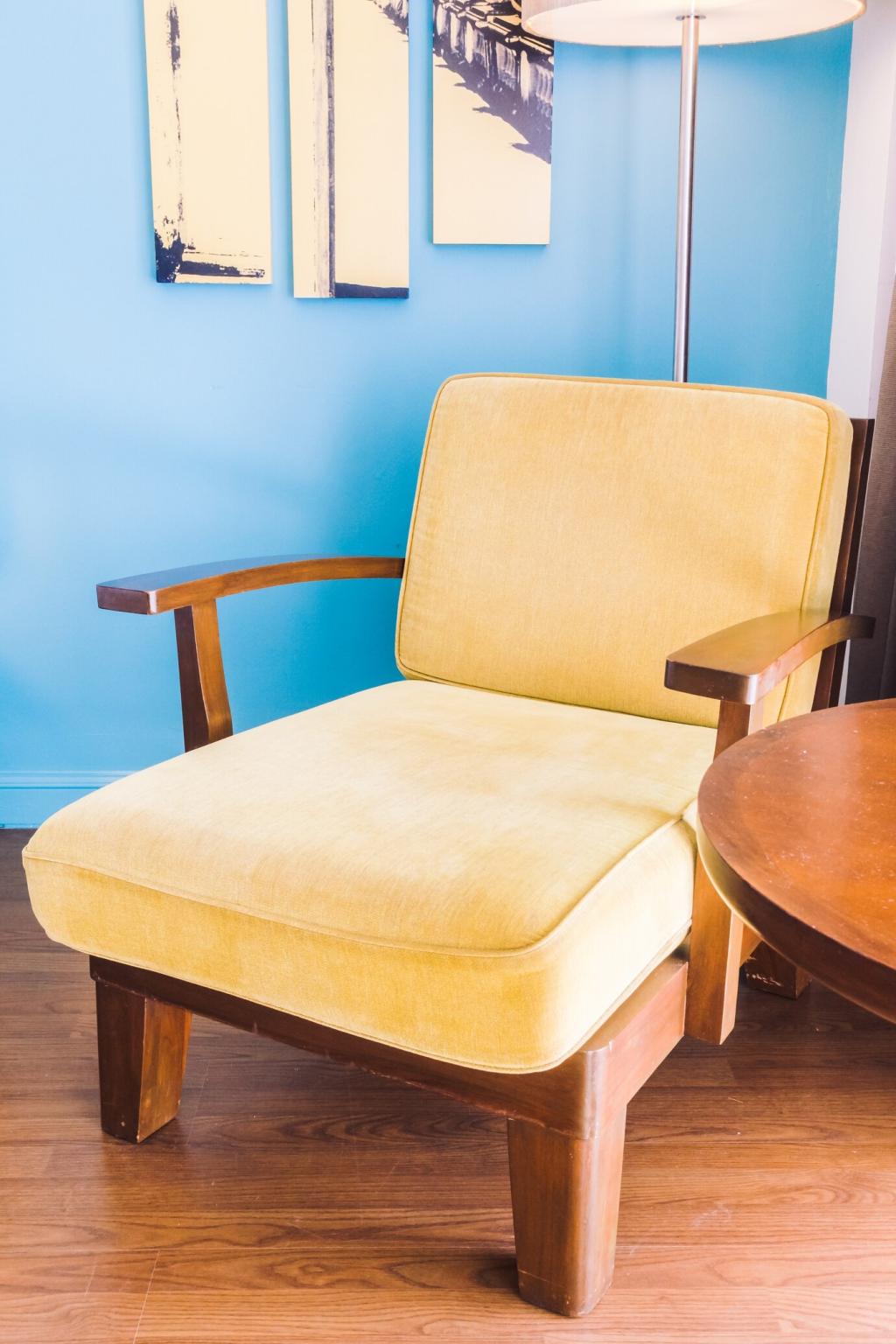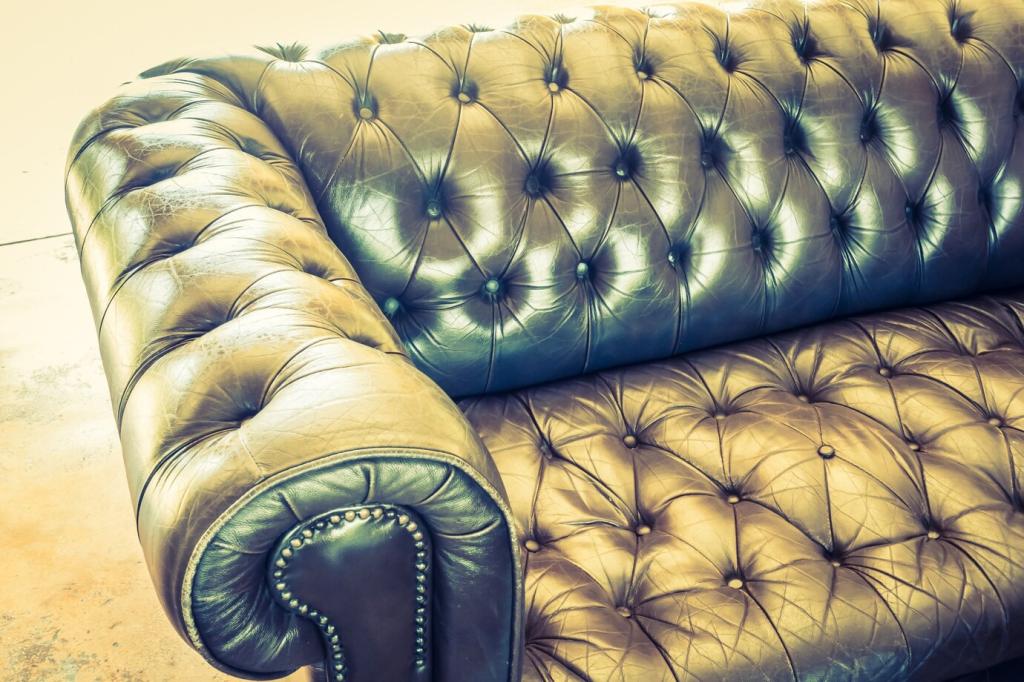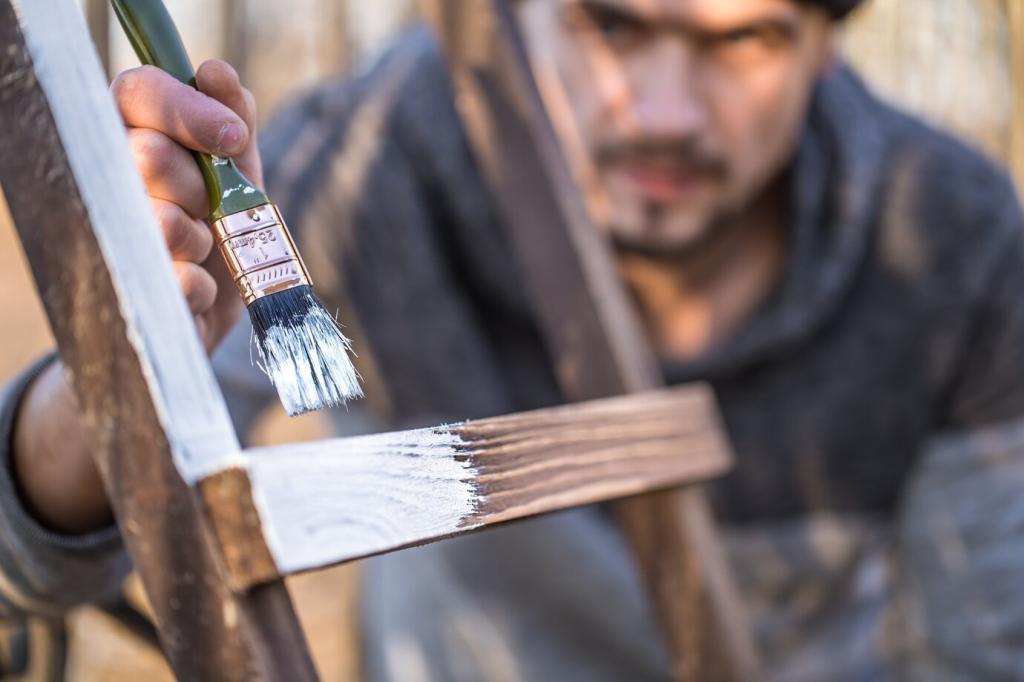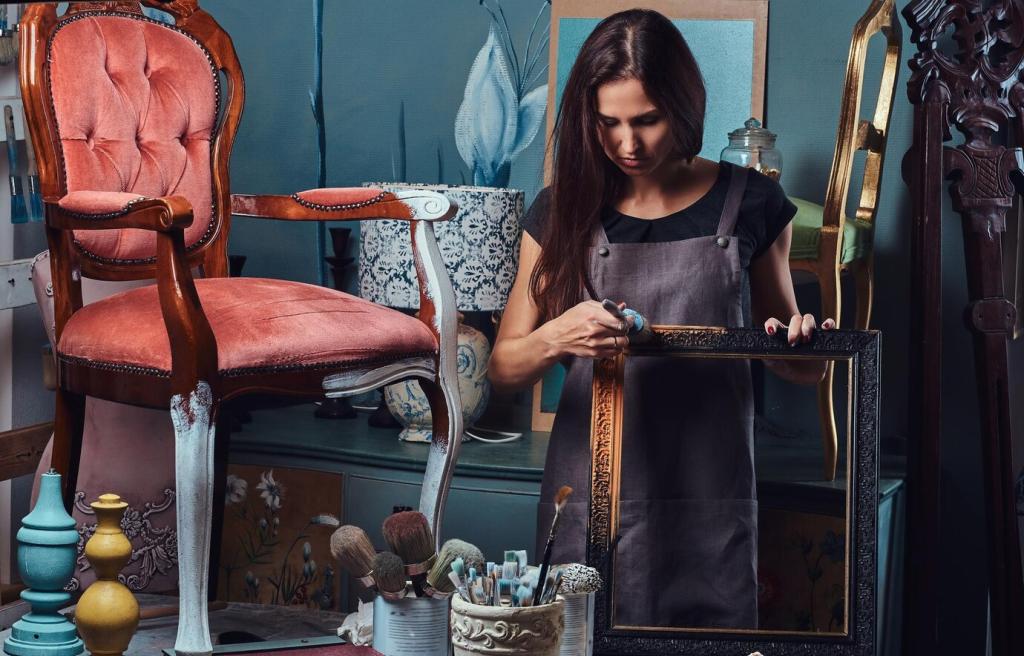
Common Mistakes in Vintage Furniture Restoration and How to Avoid Them
Restoring vintage furniture is a rewarding and creative endeavor, but it demands a thoughtful approach grounded in respect for history, craftsmanship, and the materials involved. While many aspire to breathe new life into beloved heirlooms, a lack of experience or preparation can lead to unfortunate mistakes—some even irreversible. Understanding the most frequent pitfalls and learning how to prevent them can mean the difference between a beautiful transformation and a disappointing result. Here, we explore the most common mistakes made during vintage furniture restoration, providing guidance on how to avoid these errors and achieve lasting, authentic results.

Misidentifying the Piece's Era and Materials
Many restoration enthusiasts fail to properly identify the age, origin, and type of materials used in their vintage furniture pieces. This lack of understanding can lead to inappropriate restoration techniques or the application of unsuitable products. For instance, using harsh chemicals on a delicate Victorian veneer or applying modern finishes to an Arts and Crafts chair can diminish both its visual appeal and value. Accurate identification helps ensure that any repairs, finishes, or materials used will be compatible with the original construction. Take time to research markings, joinery, and wood species, seeking expert advice or references when in doubt.

Skipping a Condition Assessment
Jumping straight into stripping or refurbishing a vintage piece without thoroughly assessing its current condition is a recipe for trouble. Hidden structural issues, such as loose joints, missing veneer, or internal pest damage, may go unnoticed until it’s too late. By carefully inspecting every part—inside and out—you can identify problem areas that need special attention. This proactive approach allows you to make a plan for stabilization and repair before aesthetic improvements begin, ultimately saving time and avoiding costly setbacks down the line.

Neglecting Appropriate Tools and Workspace
Embarking on a restoration project without the right tools or an adequate workspace often leads to unintended damage and frustration. For example, the wrong screwdriver can strip delicate screws, and inadequate ventilation can make working with solvents hazardous. Setting up a dedicated area, gathering specialized tools and protective equipment, and organizing materials ahead of time helps ensure a smoother, safer, and more precise restoration experience. Anticipating your project’s specific needs minimizes mistakes and supports better results.
Removing Original Finishes Unnecessarily
One significant error is rushing to strip away the original finish without considering its importance. Original patina and finishes are highly valued in vintage pieces, often telling a story about their history and craftsmanship. Stripping paints and stains without careful evaluation may destroy unique aspects that collectors and enthusiasts prize. Whenever possible, work to clean and revive the existing finish rather than removing it entirely. If refinishing is necessary, use gentle methods that protect the underlying wood and preserve as much of the original character as possible.
Excessive Sanding of Surfaces
Enthusiastic sanding may remove years of grime and discoloration, but it can also thin veneers, round off sharp edges, and eliminate decorative carvings or inlays. Once these features are lost, they cannot be easily replaced or restored. Instead of aggressive sanding, use fine-grit paper, proceed with patience, and frequently check your progress. For valuable or delicate pieces, hand sanding is usually preferable to machine sanding, offering greater control and reducing the risk of irreversible mistakes.
Using Incompatible or Poor-Quality Materials
01
Applying Modern Finishes Without Compatibility Testing
Modern lacquers, paints, and sealants often contain synthetic chemicals that may react unpredictably with older finishes. Without testing for compatibility, these products can cause discoloration, peeling, or even chemical damage to the antique surface. Before applying any new finish, always test in an inconspicuous area and research the original materials used on your piece. Opt for traditional finishes, such as shellac or wax, whenever possible, to ensure a visually and physically compatible restoration that respects historical accuracy.
02
Using Inappropriate Adhesives
Selecting the wrong glue or adhesive—such as fast-drying modern epoxies or hot glue—can negatively affect both the structure and appearance of vintage furniture. Many older pieces are held together with animal-based glues that allow for future repairs and disassembly. Using irreversible modern adhesives may prevent proper restoration in the future and can even damage delicate joints or surfaces. Learn about traditional joinery and adhesives, and use reversible, period-appropriate products to maintain both the value and repairability of your furniture.
03
Substituting Original Hardware with Inauthentic Replacements
It may be tempting to replace missing or damaged hardware with easily available modern pieces, but this significantly diminishes a vintage item’s authenticity. Mismatched or inauthentic hardware disrupts the piece’s overall appearance and can even affect its resale value. Always strive to source period-appropriate hardware, or—where original pieces are missing—use high-quality reproductions that match the design and finish as closely as possible. Carefully research the style and construction of the original hardware before making replacements.
